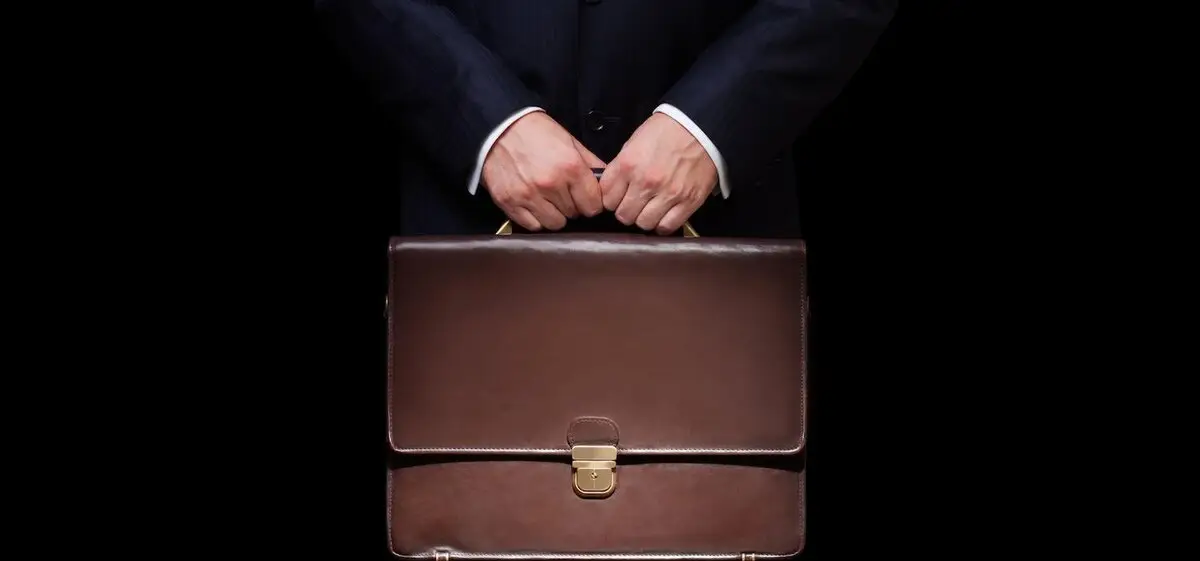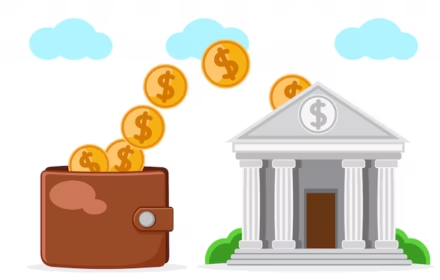Financial literacy is not just the skill of counting change or saving on discounts. It is a comprehensive model of thinking based on understanding the nature of money, economic laws, risks, and perspectives. How to improve financial literacy: it means to build a path to economic efficiency, personal stability, and capital growth without excessive stress. Personal finances affect the quality of life, health, career, and even relationships. The ability to manage money becomes critical in conditions of inflation, digitalization, and unstable markets.
Financial Literacy: What It Is, Why It Is Needed in Real Life, and How to Improve It
Financial literacy is a practical understanding of income, expenses, assets, liabilities, taxes, savings, and investments. It helps make informed decisions: from choosing a loan to buying a house, from budgeting to protecting savings from inflation. Lack of knowledge leads to impulsive purchases, chronic debts, and depletion of savings. Increasing financial literacy in adulthood significantly reduces anxiety, improves control, and contributes to income growth.

Money Management Strategy: How to Improve Financial Literacy
Any step towards prosperity begins with systematic money management. First, it is worth establishing clear accounting. Tables, mobile apps, paper expense diaries – any tool is suitable if it records every transaction. Then – setting limits. Not more than 25% of the budget on groceries. 10% on entertainment. Up to 35% on mandatory payments. Expenses should follow the principle of “pay yourself first”: 10-20% of income should go towards savings and investments before the rest is spent. This structure, how to improve financial literacy, helps withstand any shocks.
Personal Budget: Foundation of Stability
A budget is not just a table of numbers, but a tool for controlling reality. It shows where money is leaking and how to redirect it towards long-term goals. The monthly plan should consider fixed (rent, food) and variable (gifts, leisure) expenses. At the same time, any unplanned expenses nullify the effectiveness of even the most detailed accounting. To understand how to improve financial literacy, it is important to create not only a monthly but also an annual budget. Include seasonal expenses: insurance, vacation, seasonal clothing, major gifts.
How to Combat Impulse Purchases: Psychology Under Control
Impulse purchases ruin any, even perfectly crafted, personal budget. Marketing affects emotions, creating the illusion of “missed opportunity.” Concrete methods help improve financial literacy:
- Implement the 48-hour rule: wait two days before any non-urgent purchase.
- Pay only with a debit card with a limit.
- Shop from a pre-made list.
- Limit visual contact with ads: unsubscribe from newsletters, remove marketplaces from your phone.
Such practices reduce emotional noise and increase discipline. This is conscious expense planning.
Investing for Beginners: Start Without Fear
Investing money means making capital work. It is not gambling or playing the stock market. Clear calculation: how much to invest, in what, for how long, and with what risk. Beginners should start with index funds, where the risk is lower and the return is higher than inflation. On average, index funds yield 6-10% annually.
Next – diversification. You should not invest everything in one company, one industry, or one instrument. Stocks, bonds, gold, real estate, funds – each asset plays its role. How to improve financial literacy: it is important not only to know how to invest but also to understand why. Investments should align with goals: buying a home, education, retirement, emergency fund.
Emergency Fund: Protection Without Panic
An emergency fund is not a deposit for interest, but a guarantee of peace of mind. It is an amount equal to 3-6 months of expenses, available at any time. It is better to keep funds in a separate account, on a card with instant access, or in conservative instruments: government bonds, savings accounts, ISAs. Cases of job loss, illness, force majeure cease to be a catastrophe if such a reserve already exists. This measure sharply increases financial stability and reduces pressure in crisis situations.
How to Save Money: Specific Techniques and Calculations
How to improve financial literacy: it is impossible without the ability to save money without compromising quality of life. Optimization does not mean refusal, it means choice. Effective methods:
-
Review subscriptions. Cancel all unused services, including paid apps and TV packages.
-
Plan purchases. Buy groceries once a week from a list – save up to 30% of the budget.
-
Buy in bulk. Cleaning supplies, canned goods, long-lasting items are more cost-effective when bought in bulk.
-
Compare prices. Use aggregators, promo codes, and cashback.
-
Automate utilities. Install meters, switch to off-peak tariffs, insulate housing.
-
Avoid credit cards. Use only debit cards and real money.
This practice forms a sustainable habit of rational consumption and increases economic efficiency.
Credits, Inflation, Investments: Dealing with Risks
Credit is not an enemy but a tool. It is important to understand its cost. Overpayment on a consumer loan at a rate of 17% reaches 50% of the amount. With a credit card, it is even higher. Inflation devalues savings, especially in traditional deposits. If the deposit rate is 8% and inflation is 12%, the losses are evident. Investments compensate for inflationary erosion. A properly constructed portfolio yields returns higher than price growth, preserving purchasing power. The basic goal of the process, how to improve financial literacy: protect assets and turn savings into capital.
Increasing Financial Literacy in Adulthood: How to Incorporate the Habit into Life
Forming habits in adulthood requires practice and repetition. It is not worth starting with courses. It is more effective to implement simple steps:

- Manually track income and expenses.
- Set monthly goals and analyze results.
- Write a shopping plan in advance.
- Open a savings account.
- Learn one concept per day: “assets,” “dividends,” “bonds,” “yield.”
This approach does not overload the brain but forms a stable behavior model.
Conclusion
Financial literacy is not a set of knowledge but practice. Not theory but action. It does not come immediately but is formed through consistent efforts: accounting, planning, saving, expense control, and smart investments. Tools on how to improve financial literacy already exist: tables, apps, podcasts, online services. But the main thing is motivation, discipline, and a sober look at your finances. Only in this case wealth is formed, capital grows, and personal financial stability strengthens.
 en
en  de
de  ar
ar  es
es  nl
nl  hi
hi  fr
fr  it
it  pt
pt  el
el 











